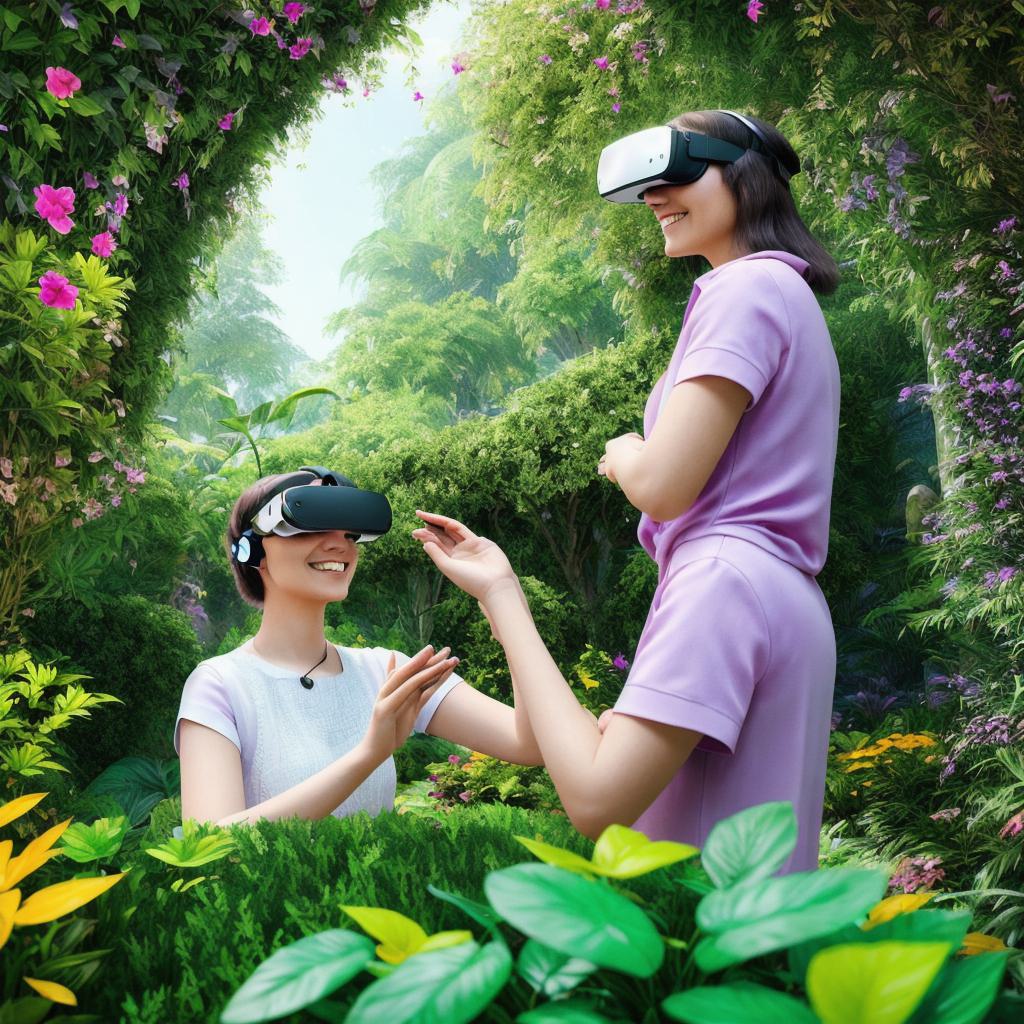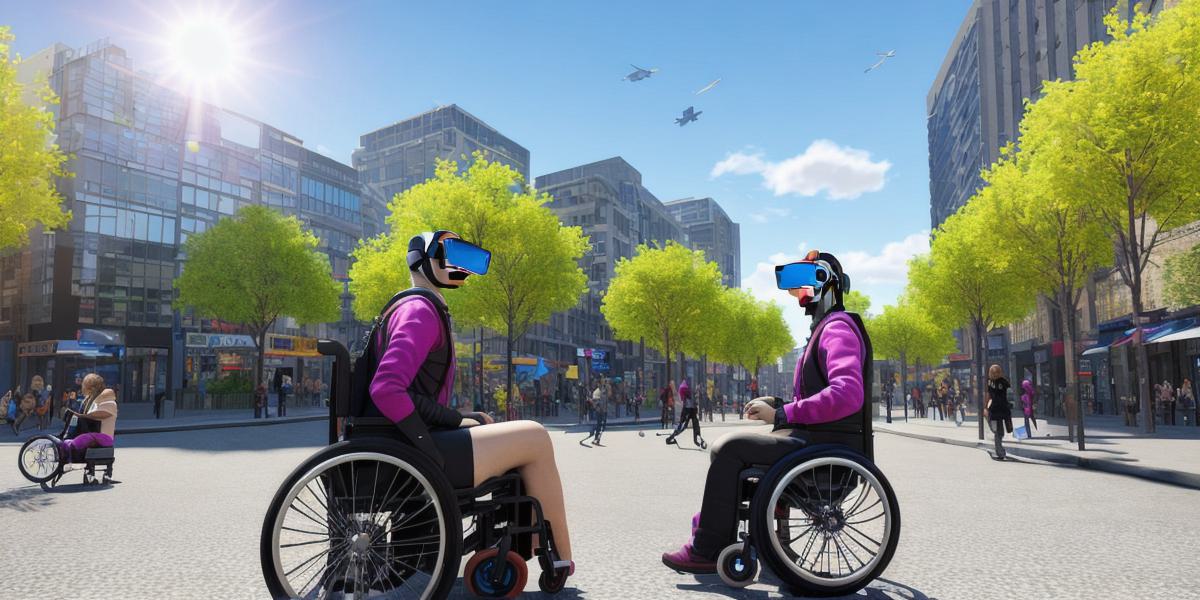The metaverse, a collective virtual shared space created by the convergence of virtually enhanced physical reality and physically persistent virtual space, is a revolutionary concept that has been gaining significant traction in recent times. As this digital landscape continues to evolve, it’s essential to consider the accessibility of this new frontier for all users, regardless of their abilities or circumstances.
I. Defining Accessibility in the Metaverse
Accessibility in the metaverse refers to the ability for people with diverse backgrounds and abilities to fully participate in this virtual environment. It includes considerations for physical disabilities, cognitive and learning disabilities, sensory impairments, socioeconomic status, and cultural differences.
II.
Barriers to Accessibility in the Metaverse
- Hardware Requirements: High-end computers, Virtual Reality (VR) headsets, and haptic feedback devices can be expensive and inaccessible to many users.
- Internet Connectivity: Depending on geographic location or socioeconomic status, some individuals may not have reliable internet access to enjoy the full metaverse experience.
- Usability and Interface: Designs that are not user-friendly for people with visual, auditory, or motor impairments can create barriers to entry.
III.
Addressing Accessibility Challenges in the Metaverse
- Affordable Hardware Solutions: Companies like Google Cardboard, Samsung Gear VR, and Oculus Go offer affordable VR headsets, making this technology more accessible to a larger audience.
- Internet Connectivity Initiatives: Projects such as Google’s Loon and Facebook’s Internet.org aim to provide internet access to underserved regions.
- Universal Design Principles: Following the principles of universal design ensures that interfaces are easy to use for everyone, regardless of their abilities or circumstances. For example, providing text-to-speech functionality for users with visual impairments or closed captioning for those who are deaf or hard of hearing.
IV.
The Power of Community and Collaboration
Collaborative efforts between organizations, developers, policymakers, and users can make a significant impact on increasing accessibility in the metaverse.
For example:
- Nonprofit organizations like the Accessible Games Foundation are dedicated to making video games accessible to people with disabilities through research, development, and advocacy.
- Governments and regulatory bodies can establish guidelines and initiatives that promote equal opportunities for all users in the virtual world.

- Developers can prioritize accessibility features in their products, such as closed captioning, text-to-speech functionality, or compatibility with assistive technologies.
V. Summary
The metaverse holds immense potential for human connection and innovation. By addressing accessibility challenges through collaboration and inclusive design principles, we can ensure that this digital landscape is accessible to all users, regardless of their backgrounds or abilities.

By embracing the spirit of universal accessibility, we can create a more inclusive virtual world where everyone can thrive and contribute in unique and meaningful ways.
